As the temperatures go up, the likelihood of encountering a snake while outdoors also rises. Knowing what to do on the trail and at the campsite if you ever are faced with a snake can save a life, even your own.
Venomous snakes can be found in warmer all over the world, and out of more than 3,000 species of snakes, about 600 of them are venomous, one third of which pose a medical emergency.
For example, the King Cobra can inject almost 1.5 teaspoons of venom into a human, but that’s more than needed to kill up to 20 people, whereas the Australian Costal Taipan delivers 10 times the venom needed to kill a person. The Black Mamba, Death Adder, and the Diamondback Rattlesnake are among the world’s deadliest snakes.
It is estimated by the World Health Organization (WHO) that around 2.7 million people are bitten by venomous snakes each year (and about 125,000 people worldwide die as a result). In the United States, by contrast, there are only about 9,000 bites each year and deaths are very rare, less than a dozen. But that doesn’t mean it can’t happen.
What the Venom Does
Statistically speaking, the largest threat of a venomous bite in North America will come from a rattlesnake, as they make up 16 out of the 21 species of venomous snakes on this continent.
A typical rattlesnake, for example, can strike from a distance about one-half its length (a three-foot snake has an 18-inch strike radius), and its fangs can plunge about a half-inch into your skin. When bitten, you can expect pain, tingling, and burning in the bite location.
As soon as the venom enters your body (rattlesnake specifically), hemotoxic elements begin to damage tissue and affect the circulatory system by destroying blood cells, skin tissues, and causing internal hemorrhaging.
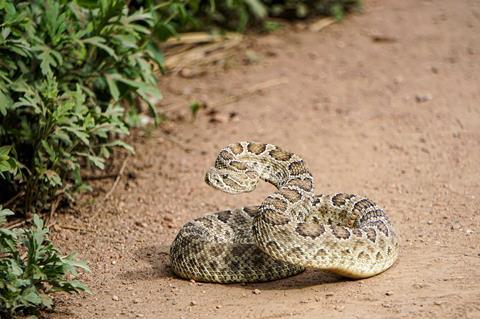
Rattlesnake venom also contains neurotoxic components which immobilize the nervous system, affecting the victim’s breathing, sometimes stopping it. Most rattlesnakes have venom composed primarily of hemotoxic properties. Baby rattlesnakes and the Mojave rattler are the exception; they have venom which contains more neurotoxic properties than hemotoxic which makes them very dangerous.
Rarely, intravenous injection occurs, but when it does, rapid onset of these symptoms occurs, which may send toxins farther along the bloodstream.

How to Avoid a Snake
Since snakes want nothing to do with humans—we’re too big to eat, naturally—there are only a couple of reasons a snake would bite, and by avoiding doing these things, you will have a higher chance of avoiding them altogether. Wearing heavy clothing and boots can mitigating the potential of skin penetration from a bite, but avoiding snakes in the first place is a good idea.
- Stick to well-treaded on trails whenever possible.
- Since snakes hear by vibrations (they lack external ears), heavy footfalls might make them scurry away. Surprising a snake who doesn’t expect you to be there, may cause it to lash out in self-defense.
- Use trekking poles or a walking stick to prod areas that you are walking in, especially around rocks and other shaded areas.
- Like any animal that feels threatened, if it is cornered and feels there is no way to escape, its defense mechanisms will take over. For rattlesnakes, it’s hissing and rattling its tail, while a Coral snake will make popping sounds. If these don’t work and the snake is cornered, expect it to spring at you with remarkable speed and accuracy.
- Of course, if you provoke it by throwing rocks at it, trying to kill it, poking it with a stick, or chasing it, it will defend itself.
- If you do see a snake, give it plenty of space.
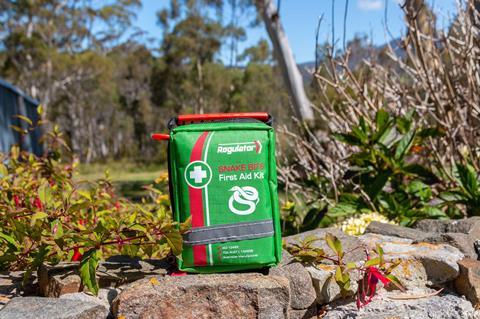
How to Treat a Snake Bite
The first thing you should focus on when helping a snakebite victim is to get him to a hospital as quickly as possible. Barring that, follow these helpful tips:
Dos:
- Note the time of the bite and the type of snake.
- Keep calm and remain as still as possible
- Remove any constricting clothing or jewelry around the bite area.
- Carry the victim.
- Wash the bite with clean water and soap
- Keep the bite area lower than the heart.
- Wrap a bandage two to four inches above the bite if medical help is more than 30 minutes away.
Don’ts:
- Don’t let the victim walk or move under their own power.
- Do not use a tourniquet or a cold compress on the bite.
- Do not cut into the snake bite or suck out the venom (by mouth or pump device).
- Do not give the person any medications unless directed by a doctor.
- Do not raise the area of the bite above the victim’s heart

Disclaimer: Seek professional medical advice and care if ever biten by a snake.
Access More Great Stories!
For more informative articles like this, consider subscribing to OVR Magazine in print or digital versions here. You can also find the print edition of OVR at your local newsstand by using our Magazine Finder.


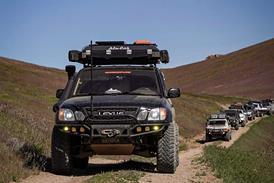

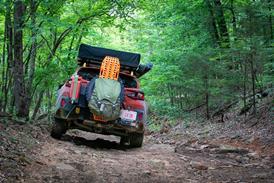
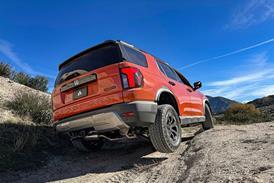

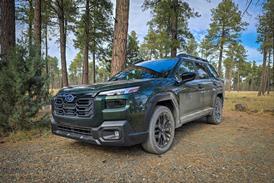



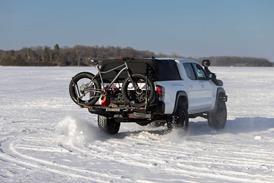


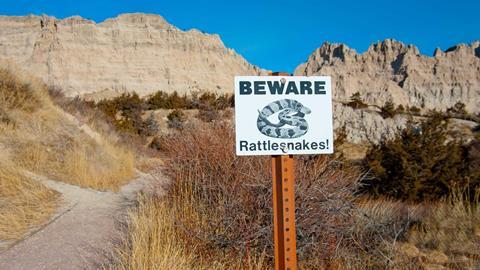



No comments yet